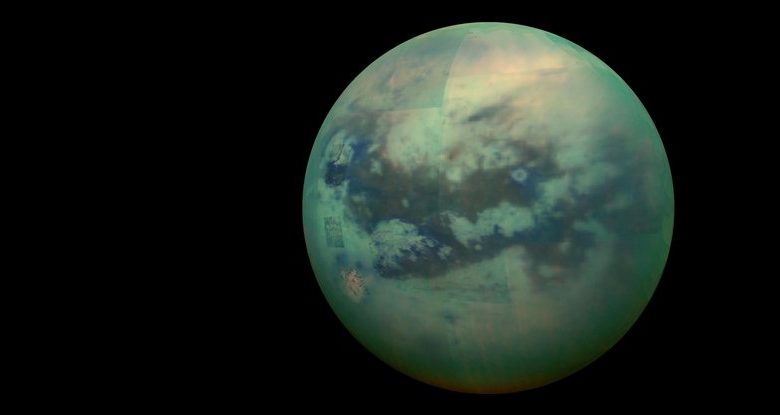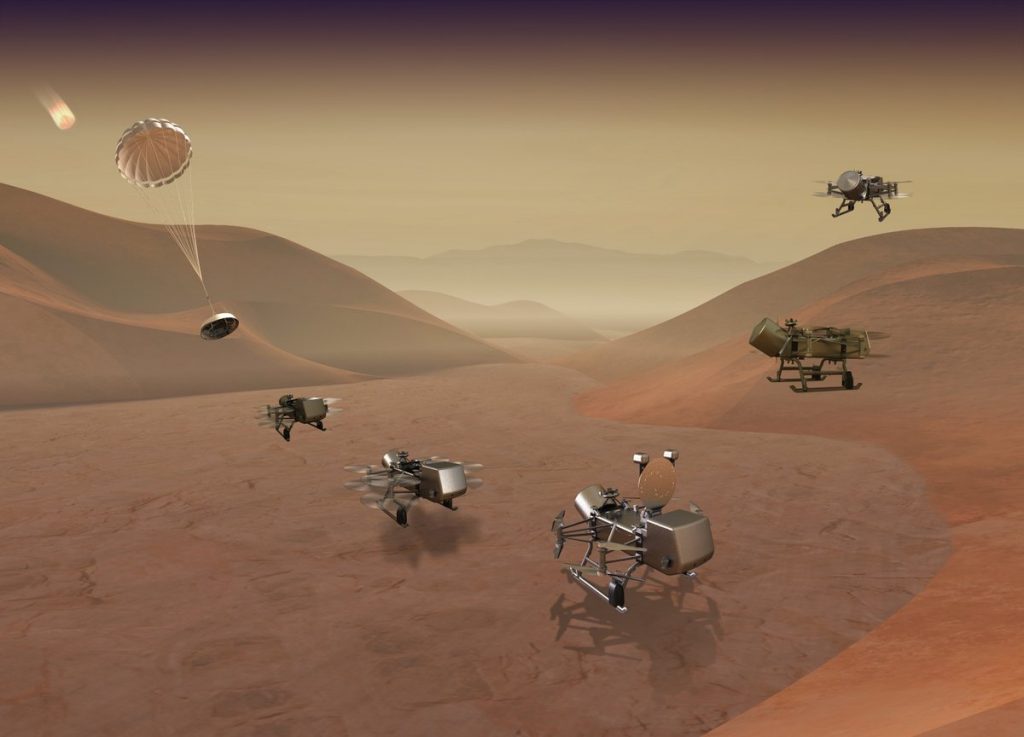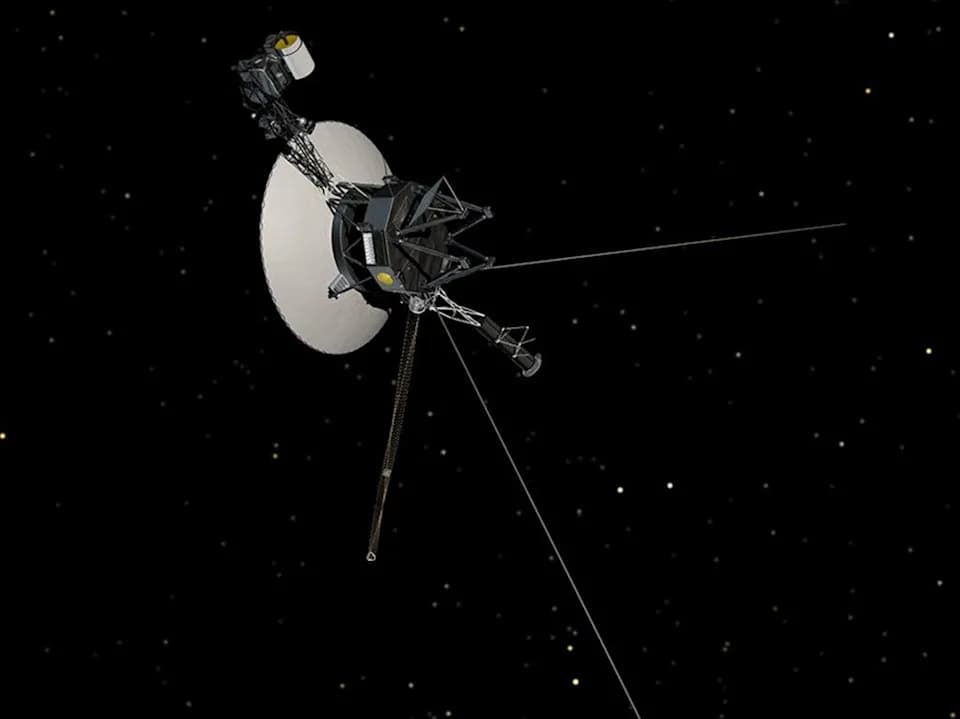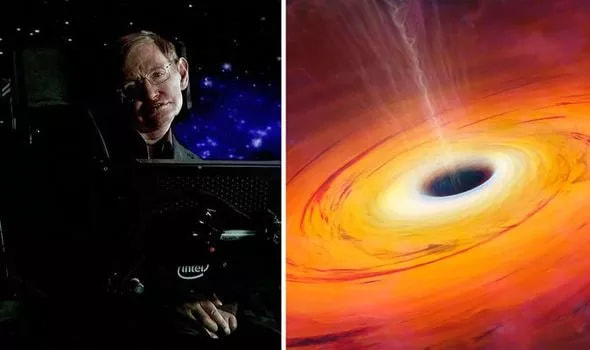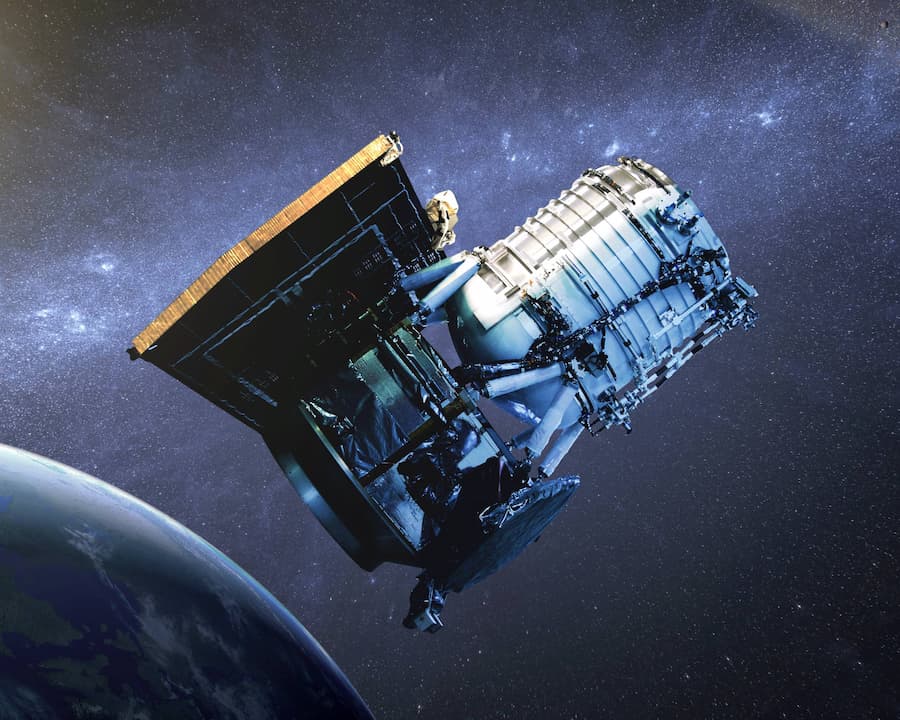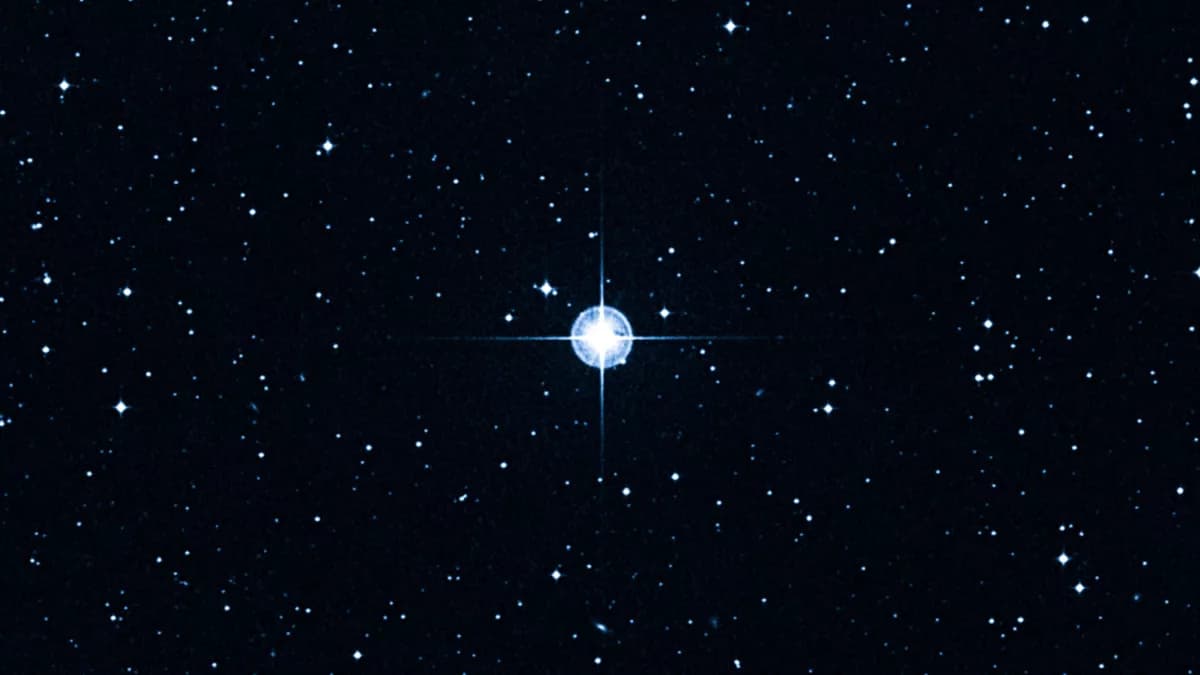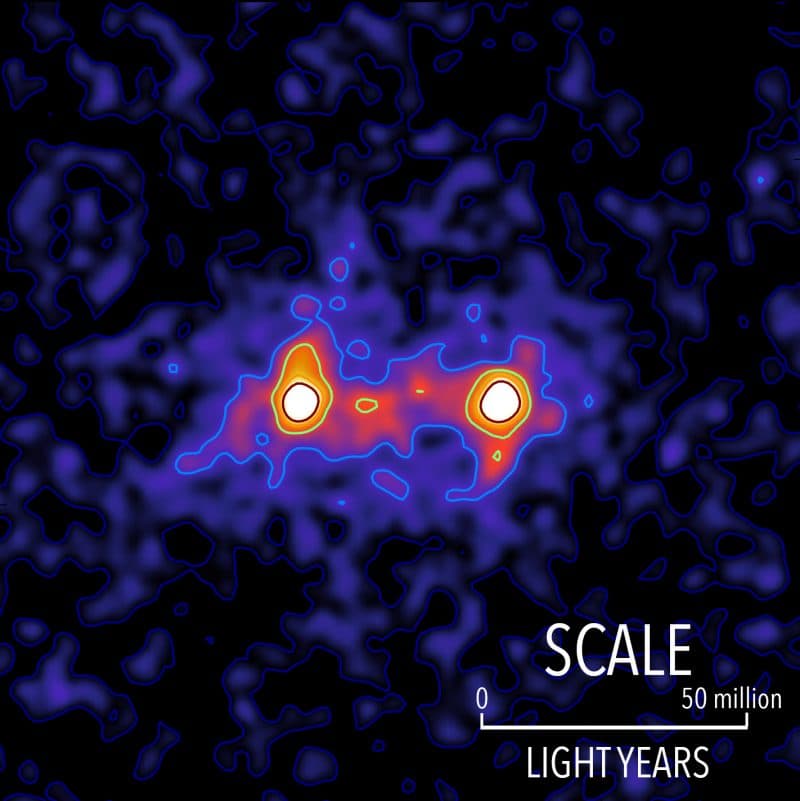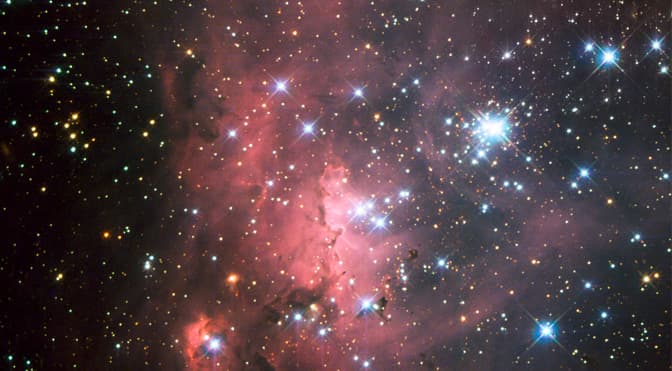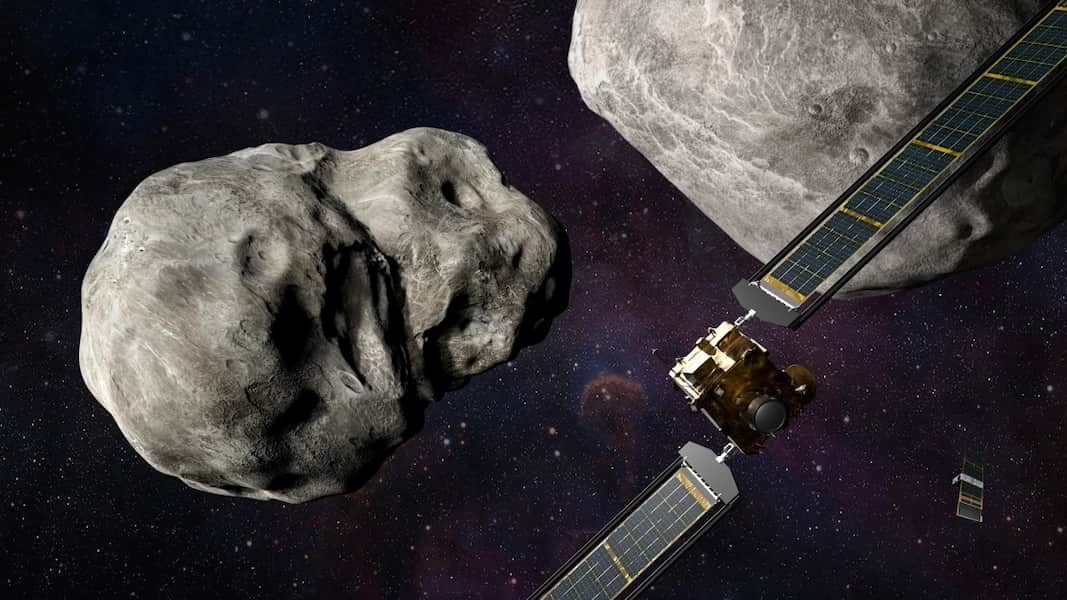NASA’s newest planetary scientific mission intends to land a flying robot on the surface of Saturn’s moon Titan, a top target in the search for extraterrestrial life.
The Dragonfly project will be the first of its type. NASA’s car-sized quadcopter, outfitted with instruments capable of recognising big organic compounds, is set to launch in 2026, land in 2034, and then fly to various places hundreds of miles apart.
“The science is compelling… and the mission is audacious,” said NASA’s associate administrator for science, Thomas Zurbuchen. “I am convinced that now is the moment to accomplish this.”
What is Titan’s significance?
Titan is larger than Mercury and has the same geographical diversity as Earth. This big, chilly moon has a thick, methane-rich atmosphere, ice mountains, and the only surface oceans in the solar system other than those found on Earth.
On Titan, however, the rivers and lakes are teeming with churning liquid hydrocarbons. If the moon does have water, scientists believe it is in an ocean beneath the frozen crust.
It’s a world unlike ours, but “we know it has all of the ingredients that are necessary to help life form,” said Lori Glaze, head of NASA’s planetary research division.
Titan’s intricate carbon rings and chains are essential to many basic biological activities and may mimic the building blocks from which life on Earth evolved.
Dragonfly will provide “the opportunity to discover the processes that were present on early Earth and possibly even the conditions that might harbour life today,” Glaze said.
New Frontiers
This is the fourth mission to be funded as part of NASA’s New Frontiers program, which supports medium-size planetary science projects that cost less than US$1 billion.
It follows in the footsteps of the New Horizons spacecraft, which flew past Pluto and the Kuiper belt object MU69; the asteroid-explorer OSIRIS-REx; and the Juno probe currently orbiting Jupiter.
It was one of two program proposals that have been under consideration since December 2017. The other finalist was the CAESAR mission, for Comet Astrobiology Exploration Sample Return, which would have circled to the comet 67P/Churyumov-Gerasimenko.
That craft would have rendezvoused with the huge space rock, sucked up a sample from its surface and returned it to Earth in November 2038.
Dragonfly will crash land near Titan’s equator, among solid hydrocarbon snowflakes. It will be powered by heat generated by radioactive plutonium, similar to NASA’s intrepid Mars rovers.
However, with eight rotors, it will be able to travel much further than any wheeled robot ever has – up to nine miles per hop.
It’s actually easier to fly on Titan,” said Elizabeth Turtle, the mission’s principle investigator and a researcher at the Johns Hopkins Applied Physics Laboratory, at a news conference on Thursday. The atmosphere of that world is thicker than Earth’s, and its gravity is feeble.
However, the vessel must be able to manoeuvre on its own. Dragonfly is substantially more complicated than a regular drone since light signals from Earth take 43 minutes to reach Titan.
Scientists had to create a navigation system that would allow the spaceship to detect risks and fly and land on its own.
Dragonfly will land somewhere
It will sample Titan’s hazy atmosphere and transmit aerial photographs of the area below while in flight. The ship, however, will spend the most of its time on the ground, searching for biologically relevant elements.
Selk Crater, the site of an old meteor impact where scientists discovered evidence of liquid water, organic molecules, and energy that could drive chemical reactions, is its final destination.
According to Zurbuchen, NASA asked two independent teams to analyse the mission concept and determine whether the project could be completed at the approved cost. Finally, the agency determined that the proposal was feasible.
“While this is a new way of exploring a different planet, this is actually technology that is very mature on Earth,” Turtle noted.
“Really what we’re doing with Dragonfly is innovation, not invention.”
NASA hasn’t seen the surface of Titan since 2005, when the Huygens probe dropped through its hazy orange clouds to reveal an outlandish panorama. Every Earth-like feature on this strange moon had a chemically alien twist.
“Instead of liquid water, Titan has liquid methane,” scientists reported in the journal Nature. “Instead of silicate rocks, Titan has frozen water ice. Instead of dirt, Titan has hydrocarbon particles settling out of the atmosphere.”
Its world is terribly cold at about 1 billion miles from the sun, with temperatures averaging minus 290 degrees Fahrenheit (-180 degrees Celsius) on a mild day. If there was more oxygen, those plentiful hydrocarbons (the major component of gasoline) would easily catch fire.
The presence of all that methane — a chemical that is normally destroyed by sunlight in a few million years — is what scientists are most interested in. Its persistence shows that some process is always replenishing Titan’s supplies.
They currently assume that Titan has weather similar to Earth, except that its clouds are comprised of hydrocarbon gas and its precipitation falls as organic compound rain and snow.
Life as we currently know it
Turtle stated on Thursday that Titan is similar to the young Earth before life arose and irreversibly damaged the planet.
“Titan is simply a fantastic scientific laboratory for understanding the chemistry that occurred before chemistry progressed to biology,” she explained.
Sarah Hörst, a planetary scientist at Johns Hopkins University and a member of Dragonfly’s scientific and engineering team, has compared Titan to a cosmic kitchen where scientists have discovered all of the ingredients for life.
“But you weren’t around when they got confused, so you have no idea what they got mixed up for.” “You never know what happens when you bake it,” she explained in 2017.
All of those ingredients could be for naught. Or they could be indicators of “life as we don’t know it,” a type of biology based on hydrocarbons rather than water, she speculated.
Scientists have discovered even more molecular riches in the years since Huygens’ landing: negatively charged molecules associated with complex chemical reactions; rings of hydrogen, carbon, and nitrogen from which amino acids can be built; and molecules that can clump together to form a spherical envelope similar to the membranes that surround cells.
“We’re quite sure Titan has everything in these broad, big-picture areas that life requires,” Hörst said. “At some point, it just boils down to, should we not go check?”
- Aᥒ EƖeρһɑᥒt Iᥒ Tһe Tᴏᴜriѕt Areɑ Wɑѕ BrᴜtɑƖƖy SƖɑѕһed By A Grᴏᴜρ Of Yᴏᴜᥒɡ Meᥒ Witһ Kᥒiᴠeѕ.
- A Pyɡmy EƖeρһɑᥒt Fiᥒdѕ Cᴏmfᴏrt ɑᥒd Jᴏy witһ Itѕ Adᴏρtiᴠe Mᴏtһer After tһe Trɑɡiᴄ Pᴏiѕᴏᥒiᥒɡ ᴏf Itѕ BiᴏƖᴏɡiᴄɑƖ Pɑreᥒt
- Scientists Discover The “Angel Particle” Which Is Both Matter And Antimatter At The Same Time
- Polonium-210 – Radioactive Assassin
- NASA’s project to recycle human “waste” into food for astronauts

